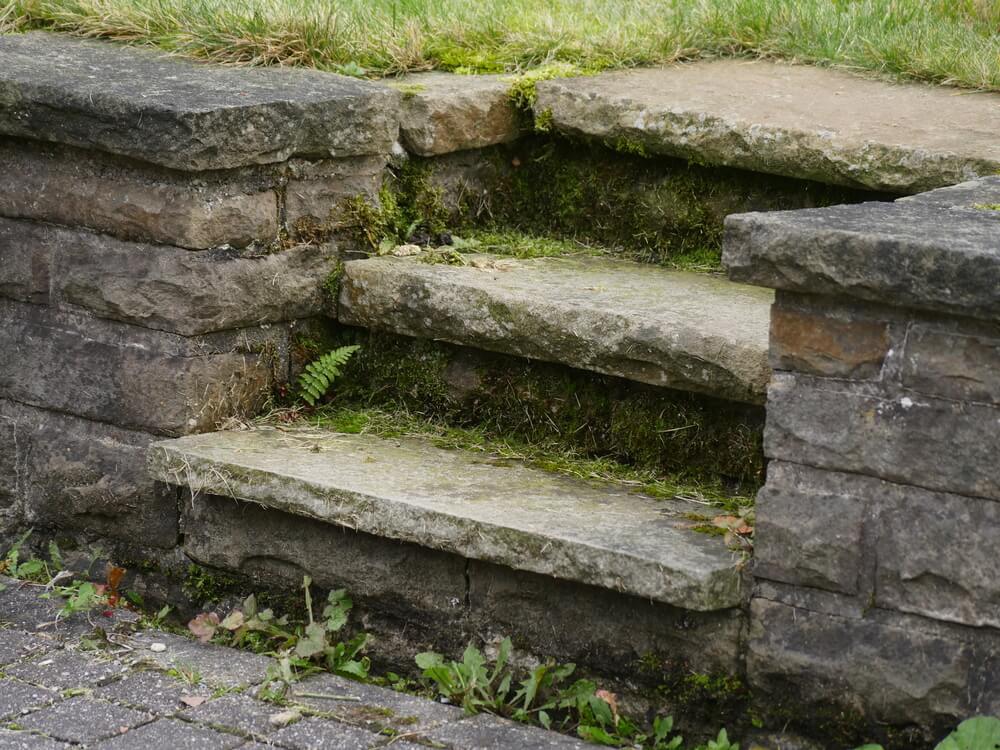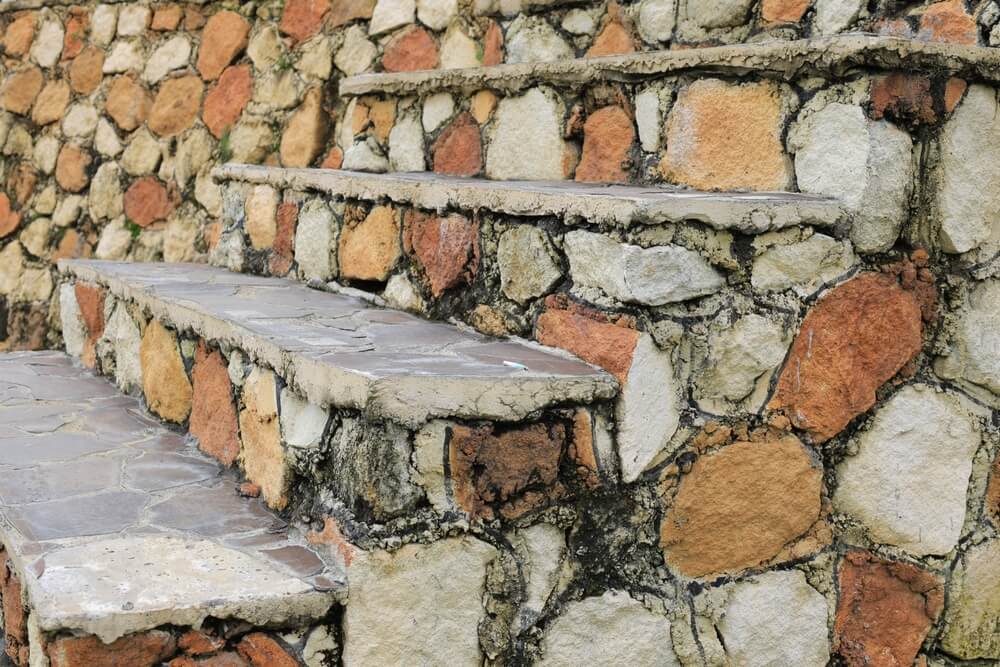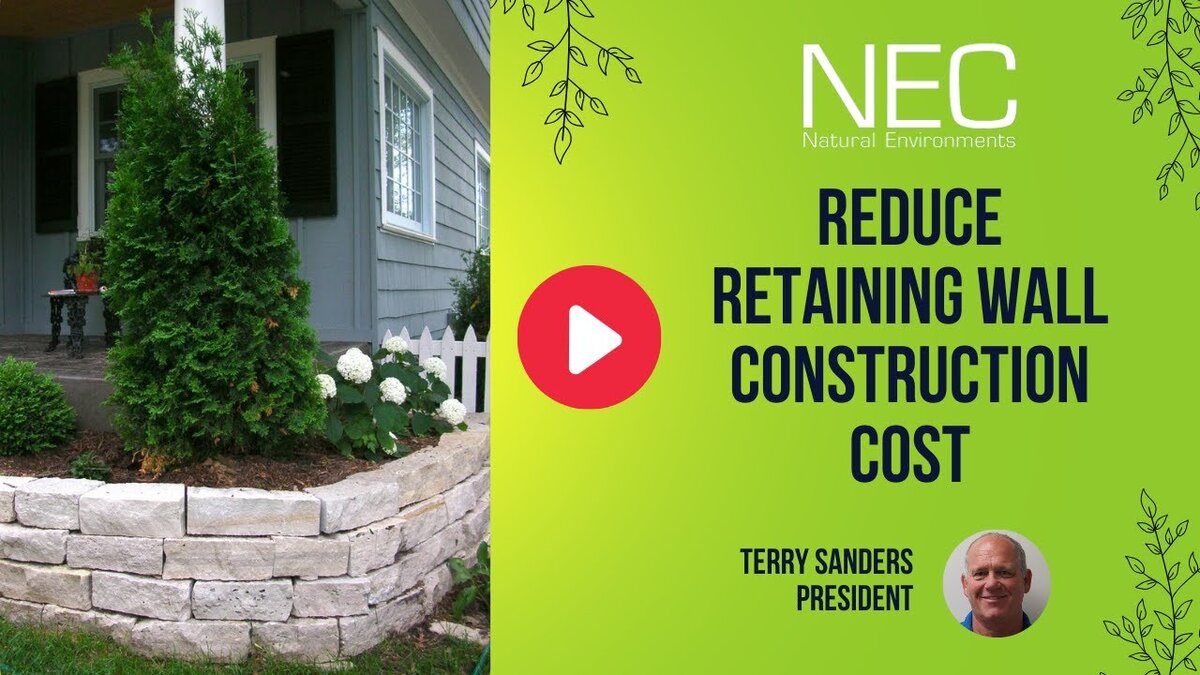Adding stairs to a retaining wall involves a myriad of considerations that significantly impact the overall cost. This task is not as straightforward as more standardized construction projects; instead, the price for integrating stairs into a retaining wall is highly variable. Factors such as material choices, design complexities, and specific construction site requirements play critical roles in shaping the cost.
Understanding the Costs: Material Choices

Wood: A Cost-Effective Option
Wooden stairs are frequently selected for their affordability and natural aesthetic appeal. They provide a cost-effective solution for those looking to enhance a retaining wall without a hefty expenditure. However, it’s important to consider that wood, while cheaper initially, may incur higher maintenance costs over time, potentially increasing the total cost of ownership.
Natural Stone and Concrete: Durable, but Pricier
For those seeking durability and a seamless integration with the outdoor environment, natural stone and concrete are excellent choices. These materials are more costly than wood but offer greater longevity and require less maintenance, justifying the initial investment.
Steel: Premium Material for Modern Designs
Steel stairs represent a premium option, ideal for modern designs that require durability and strength. This material is often the most expensive choice but provides significant advantages in terms of load capacity and resistance to environmental factors, making it suitable for retaining walls in harsh climates or heavily used areas.
The Role of Access Points and Quantity
Accessibility and its Impact on Costs
The cost of construction can vary greatly depending on the location of the stairs within the retaining wall. More accessible sites tend to reduce labor and machinery costs, while locations that are difficult to reach may necessitate additional resources and specialized equipment.
Quantity: More Stairs, Higher Costs
Logically, the number of staircases impacts the overall cost. More stairs require more materials and labor, leading to an increase in the project’s budget. Each additional set of stairs not only consumes more resources but also extends the timeframe for project completion.
Project-Specific Considerations
Tailoring to Individual Needs
Project costs for building stairs in a retaining wall can differ dramatically based on individual project requirements. The land’s slope, the wall’s height, and compliance with local building codes are just a few of the factors that can affect the final pricing. Estimating an accurate cost without a detailed examination of these elements is difficult.
Estimating Your Project Costs
For an accurate cost estimation for stairs in a retaining wall, engaging with a professional contractor is crucial. They can provide a comprehensive quote reflecting your specific circumstances, including material recommendations, location feasibility, and necessary construction steps.
Conclusion

The cost of incorporating stairs into a retaining wall is influenced by various factors such as material selection, installation complexity, and project scope. An informed approach, facilitated by consultation with experienced contractors, is essential for aligning your project with both budgetary constraints and design preferences. With options ranging from wood to steel, each material offers distinct advantages and costs, ensuring a suitable choice for every project requirement and budget. If you have any questions or need further assistance, do not hesitate to contact Natural Environments Corporation today. We are here to help you make the best choices for your landscaping needs.



